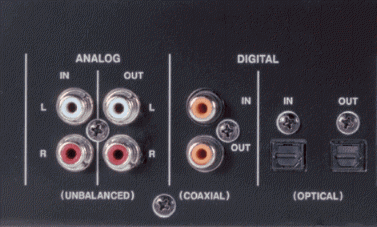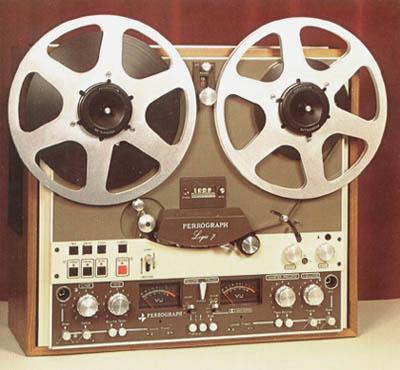More advanced players may allow you to programme a running order of tracks, or randomise the running order. Some players also have a repeat function to play a track (or the disc) again & again. CD payers are fine to listen back to music in a domestic environment but are less useful when it comes to cueing music & SFX in a live situation. When you press “Play” on a CD player it can take anything up to 2 seconds before the disc spins up to speed & the track starts playing. Obviously this pause between pressing “play” & hearing the sound makes CD players all but useless for live sound work where very often a sound has to heard milliseconds after a cue is given. Domestic CD players are also prone to jumping & skipping if knocked or jogged. This again makes them unsuitable for live theatre work where 100% reliability is called for. (NB some manufacturers have got around these shortcomings by designing players that read the start of a track into memory so it will therefore play the instant the “play” button in pressed. Some manufacturers have also designed anti-skipping measures into their machines. Below is an example of the type of CD player that could be used for theatre work. |
||
 |
||
COMPACT DISC RECORDER Allows you to record audio information onto blank CDs. They are still not suitable as theatre playback devices because of the same cueing difficulties discussed with regards to the CD player. Also information recorded onto the CD cannot be edited. |
||
 |
||
 |
||||
Here you can see the connections on the back of the CD recorder. You have analogue & digital outputs to get the signal out of the recorder, but now you also have inputs to get the signal you want to record into the recorder. The signal path carries signals both to & from this machine depending on whether it is playing back pre-recorded information or making a new recording. |
||||
CASSETTE RECORDER A simple device to operate & it has the advantage over a CD player in that you can record audio on to a tape but it is nevertheless unsuitable as a live theatre playback device. Cassette recorders are extremely difficult to cue accurately. What that means is that it is very difficult to find the point on the tape where the required audio begins. If you cannot easily locate the piece of audio you need it will make it next to impossible to play the music/SFX into the theatre accurately & on time. The audio quality of cassette recorders in generally inferior to that of digital machines.
REEL TO REEL RECORDER These were used historically to play music & SFX in theatres. They had the advantage over CD & cassette in so far as you were able to edit the tape. Editing, at its simplest, means removing pieces of audio that are not required & putting the pieces of audio that are required into the desired order. Editing on a reel to reel recorder involved using a razor blade & editing block. The editor would mark the tape with a chinagraph pencil at the edit point & then using the razor blade, cut the tape where required before sticking it back together again with sticky tape. The process was time consuming & required a high degree of skill. Added to this reel to reel recorders were costly to buy & maintain. The onset of computers & the digital age have made reel to reel recorders all but redundant. |
||
 |
||